Budj Bim Cultural Landscape
The Gunditjmara Aboriginal people of Australia began construction on this vast aquacultural complex 6,600 years ago.
About 30,000 years ago, southwest Australia’s Budj Bim volcano exploded in an act of molten creativity. Lava reshaped the landscape into a complex of basalt flows, an act that the Gunditjmara Aboriginal people understood to be the work of the Ancestral Being, Budj Bim. Over time, the lava cooled and the landscape became a vast, fertile wetland. Around 6,600 years ago, the Gunditjmara people began their own act of creation, re-heating the basalt to shape the wetlands into one of the world’s largest and oldest aquaculture systems, now known as the Budj Bim Cultural Landscape. After a long fight to reclaim their land and culture from the Australian government, Gunditjmara rangers are once again caring for the landscape, and offering visitors tours.
The Budj Bim aquaculture system is older than Egypt’s oldest pyramids. In 2019 it was recognized with a UNESCO World Heritage Designation for its stunning complexity and cultural significance. Consisting of 24,500 acres of elaborate channels and dams, the complex serves as a perfect habitat for kooyang, or short-finned eels, which Gunditjmara people would catch with hand-woven grass baskets. The steady food supply allowed the once-nomadic Gunditjmara to develop a settled society and construct the stone houses that still dot the landscape today.
The scale and ingenuity of the system challenged racist European beliefs about the Aboriginal people whose land they were often violently expropriating. When British colonial official Augustus Robinson first saw the snaking waterways of the Budj Bim in 1841, he was amazed. He described the aquaculture system as “resembling the work of civilized man,” but noted, with evident shock, that “on inspection I found [it] to be the work of the Aboriginal natives.” Colonial officials went on to steal the Gunditjmara’s land, kill many of its inhabitants through disease and warfare, and push the survivors onto missions where they were forbidden from practicing their culture.
But the Gunditjmara fought back. For decades, they and other Australian Aboriginal people waged court battles to regain control of their lands. In 2007, their efforts paid off when they won title to 540 square miles of traditional lands, and rights to co-manage the Budj Bim National Park.
Today, Gunditjmara rangers are focusing on restoring the health of the land and encouraging sustainable tourism. They hope to bring economic empowerment to their community and foster greater appreciation for this feat of engineering. Most importantly, after decades of struggle to regain their patrimony, Gunditjmara people are once again fishing for eels in the Budj Bim Cultural Landscape’s aquaculture system, just like their ancestors did.
Know Before You Go
The Budj Bim National Park, co-managed by the Australian Government and Gunditjmara community organizations, is free and open to the public. To get up close and personal with the aquaculture system, however, you have to go through an official tour led by Gunditjmara rangers from the Winda-Marra Aboriginal Corporation. Proceeds from the tours help benefit Gunditjmara community efforts, and rangers bring their knowledge of the land and history gained through decades of experience and millennia of ancestral connection. Book tours at least two weeks in advance on the Budj Bim Tours website.
Community Contributors
Added by
Edited by
Plan Your Trip
The Atlas Obscura Podcast is Back!



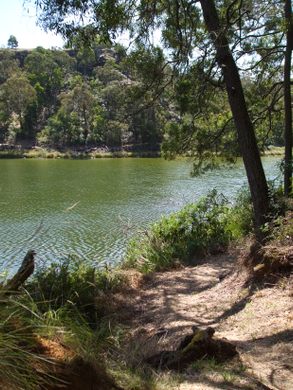
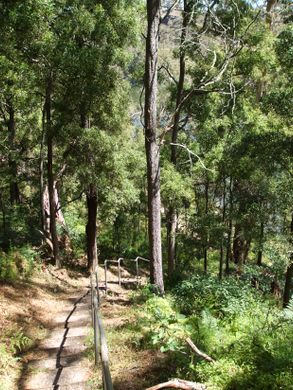
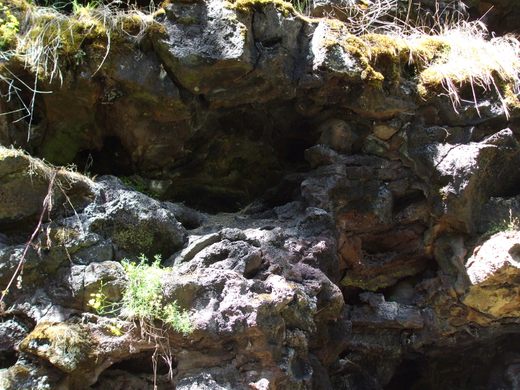






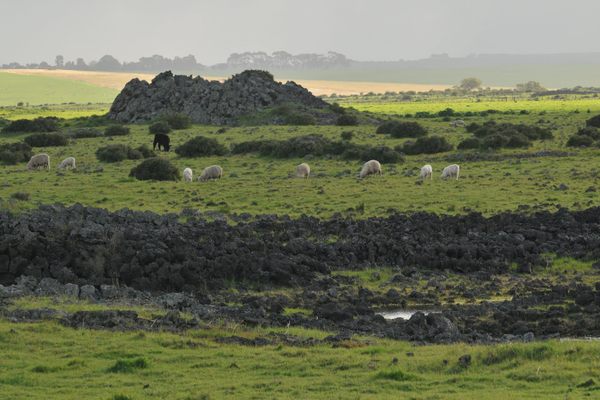
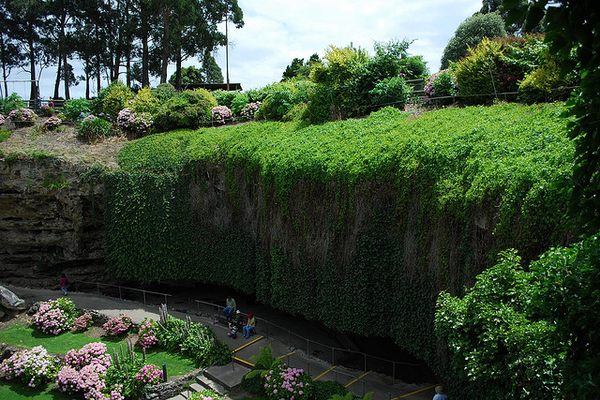
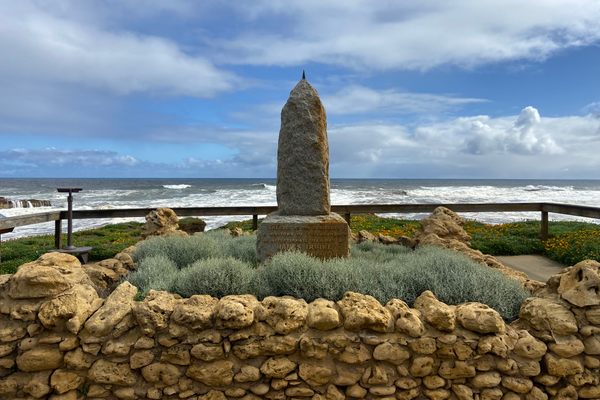

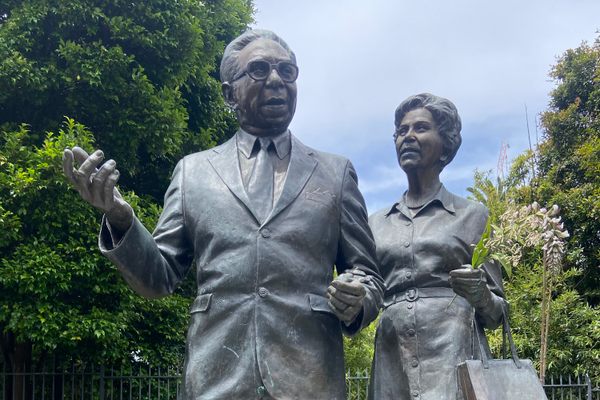

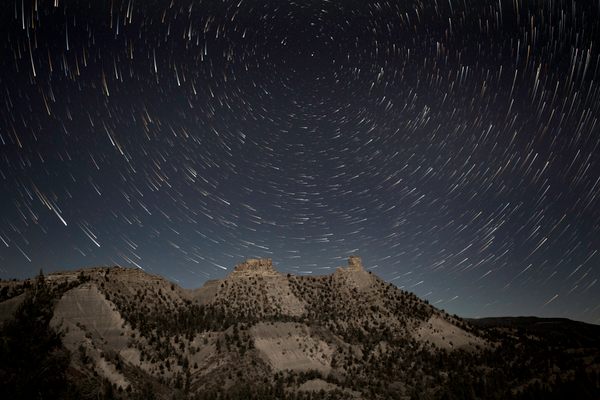
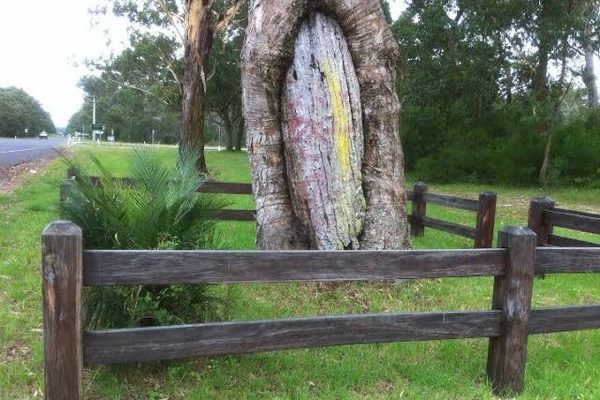
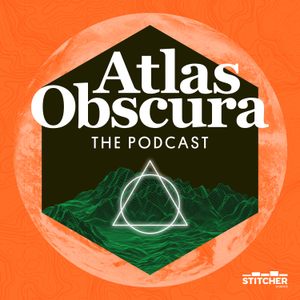
Follow us on Twitter to get the latest on the world's hidden wonders.
Like us on Facebook to get the latest on the world's hidden wonders.
Follow us on Twitter Like us on Facebook